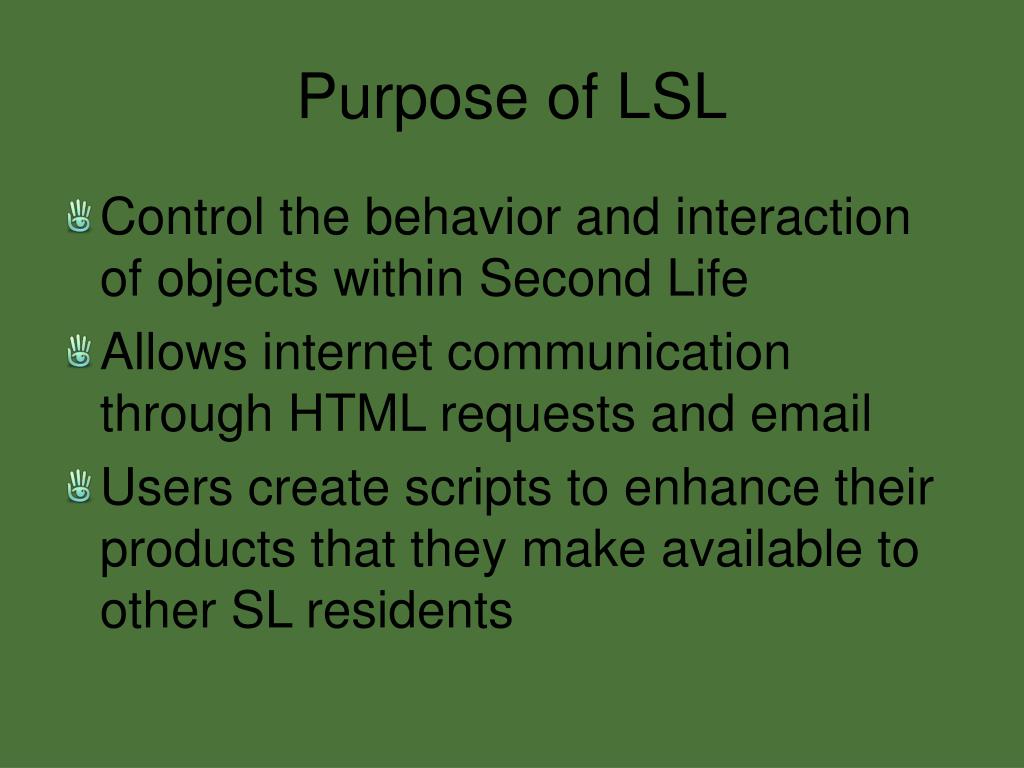

Fixed possible integer overflow when reserving space for indices of Jacobian belonging to fixed variables (introduced with 3.14.0) and reduced memory usage for indices of Jacobian belonging to fixed variables.Fixed timing for iterate initialization if initialization fails due to an evaluation error.Fixed that -with-lapack-lflags was ignored if -with-lapack was not specified explicitly.Only give warning if javac and jar are found, but no java or javadoc. Skip build of Java interface if either java or jar is not found.Fixed that only primal variable values where passed to finalize_solution() when a timelimit was reached.

Tried to fix recognition of JNI headers on macOS >= 11.Include more header files in IpIpoptCalculatedQuantities.hpp for setups where forward declarations are not sufficients.Fixed that MC68 ordering time was not accounted in symbolic factorization time of HSL MA86.Fixed mapping of meta data for inequalities, e.g., constraint names, from TNLP to Ipopts internal NLP.


default Note that after "default" all new states begin with the word "state". Here is a look at a minimal program in written in LSL that can loosely be translated as."When I am in the default state, and I am touched, say "Hello World" on channel zero". So the minimum LSL program must have one state with one event in it.
#Simple lsl html compiler v 1.0 code
One called Touch_start(), will trigger the code in it when the object running the script is touched. Events are not user defined in Second Life but rather predefined in LSL. An event can be thought of as a "Trigger". Minimally a script will have one state, the default state. Many real life objects have "states" and the same can be true for LSL programs. A person can be "hyper", "calm", or "bored". A door can be "open" or "closed" and a light can be "on" or "off". One thing that makes LSL unique is it's heavy emphasis on "States" and "Events". They are written with a built-in editor/compiler which we will access in step 2. Scripts in Second Life are a set of instructions that can be placed inside any object in the world, or any object worn by an avatar, but not inside an avatar. This is the language all scripts in Second LIfe are written in.


 0 kommentar(er)
0 kommentar(er)
